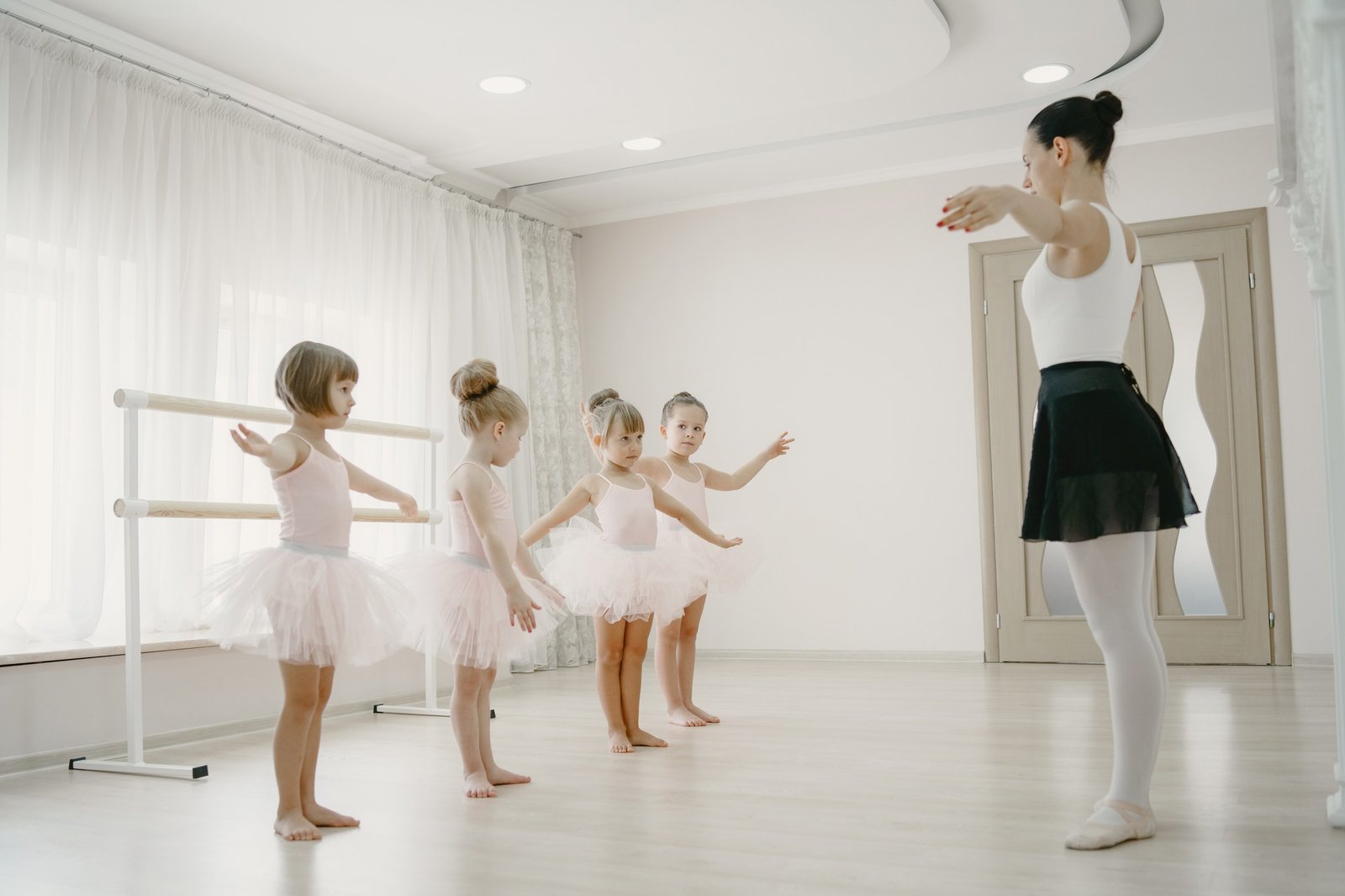
Classical Ballet
Ballet is a type of dance, originating from 15th-century Italy, which later evolved into its stage form, mainly in France and Russia.
The most well-known and popular shade of ballet is the one that developed in the Romantic era (the so-called Ballet blanc), during which the emphasis falls on the top of the dance (the so-called prima ballerina), which as a leading role excludes the prominence of almost all the others; She is called upon to perform difficult techniques, which include vertical movement resting on the toes (en pointe), pirouettes and other acrobatic movements of skill, while her dress has been established with the so-called French tutu (short dress made of white tulle that leaves the thighs exposed and thus allows freedom of movement). The first pointes were actually dance shoes (commonly called ballerinas) with a reinforced toe, so that the ballerina could stand on her fingertips, giving the impression that she was floating. The evolution of ballet includes the genres of expressionist and neoclassical ballet, as well as elements of contemporary dance.
Classical ballet (also called romantic ballet) is a dance system based on standardized movements and positions of the hands and legs designed to allow the dancer to move with the greatest possible flexibility, control, speed, lightness and grace.
Classical ballet is known for its rigorous technique, flowing and precise movements, and simple aesthetics. The theme of classical ballet can be romantic, realistic or dramatic, and it can be represented with a variety of emotional states.
Ballet, as a type of dance, is an ideal exercise for children, giving flexibility and harmony to movement. Classical dance teaches the child to stand and walk properly.
In our school we teach ballet with the Vaganova System. This system is a mixture of the best elements of the Old Imperial Russian System with a more dynamic movement which Vaganova herself developed. The Vaganova System is a method of classical ballet that encourages dancers to dance with their whole body.
The Vaganova System helps the dancer to develop a strong torso, achieves muscle flexibility and elongation of movement, gives a high jump giving the illusion of swing, combining strength with the grace of hands which other methods do not use in the same way!
In our School there are classes for preschool children (Little Ballarinas), teaching rhythmic, music-kinetic and creative dance, children’s classes where with respect for the body we learn the basic principles of ballet (BAM), we learn the technique of the Vaganova system (Ballets) and we slowly enter the magic of Pointes shoes (To the Pointe). Finally, you can start ballet without being a child and without having any experience (Ballet from the beginning) or join the advanced department (Ballet Plus) where you can develop your technique or prepare for the entrance exams of the Ministry of Culture.
